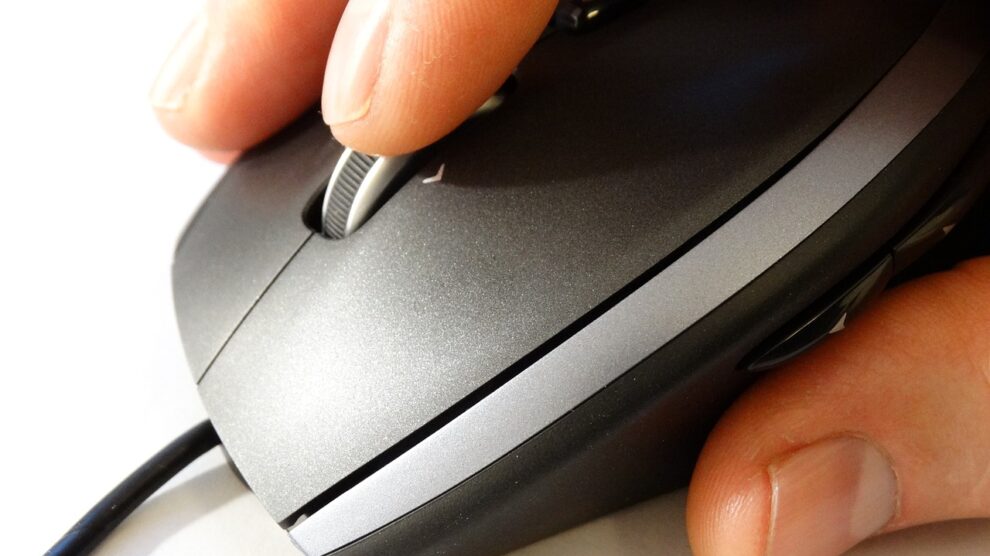SCADA, also known as Supervisory Control and Data Acquisition, is a system that allows you to monitor and regulate your devices from remote locations. SCADA systems help maintain the system’s efficiency by gathering and executing data in real-time.
This supervisory system’s main objective is to regulate and control the industrial process equipment for organizations in the private and public sectors. As a matter of fact, there are SCADA systems almost everywhere these days. This includes industrial plants, manufacturing units, power distribution, etc.
In this article, we will talk about SCADA functions and its critical components that make its operations possible and effortlessly seamless.
Functions of SCADA Systems
SCADA system is supposed to perform multiple functions that allow proper management of remote facilities. Some of its core functions are listed below:
- Data acquisition: The systematic collection of SCADA data involves analog and digital conversion. It is also responsible for converting temperatures to degree Celsius. Additionally, the system converts the transmit signal strength to dBm, and the channel quality is measured in errored seconds.
- Communication of Network data: The data once collected is either transmitted spontaneously or sent in response to a request for data to a master system. The communication channel used for the process can be digital as well as analog. SCADA network topology also includes some form of transport validation independent of any content validation.
- Presentation of Data: Upon the collection of data, it is processed, organized, and presented for system operators to make proper control decisions as well as responses. The data presentation can be either in the tabular presentation of logged events or graphical presentation or image backgrounds.
- Control: Most control actions in SCADA systems are performed by RTU and PLCs. Suppose a control decision is authorized and supported by the system output. In that case, appropriate commands can be given to stimulate configuration or operational changes.
Main Components Of SCADA
If you are planning to use the power of SCADA systems for your facility, then it is important to understand its four basic components that can be tailored to meet your specific needs. Let us talk about each in detail:
- Inputs: Inputs can be either digital or analog and electrical relays or output signals that can directly interface with certain elements in remote sites. This is where SCADA comes into play.
While these sensors and control relays can perform data acquisitions, they cannot comprehend communication protocols on their own. However, your SCADA system still needs a way to collect this data and report it to you so that it becomes comprehensible. This is why you need RTU.
- Remote Telemetry Units (RTUs): As is with PLCs, RTU is a mini computerized unit that is positioned across multiple fields at specific sites and locations. RTU helps in collecting reports from sensors and serves as a local collection point also helps in carrying commands to control relays.
- Human Machine Interface (HMI) SCADA: An HMI software is a master system that processes data and allows a human operator to regulate as well as monitor the system. HMIs provide human operators with information that is collected from various RTUs.
This information is presented in the main unit’s user interface, which is comprehensible and actionable. These alarms often require quick action. The best HMI SCADA system is designed to offer data in a map-based graphical representation.
- Communications Network: The communications network connects RTU and SCADA to your remote sites.
SCADA systems are a technical solution to a complex problem. This is why you must only trust a reputed and experienced service provider in deploying these systems. It ensures you make an informed decision about investing in such critical electrical systems and get expert guidance each step of the way. So, get in touch with a leading provider or a licensed electrical consultant and find the best solutions!





